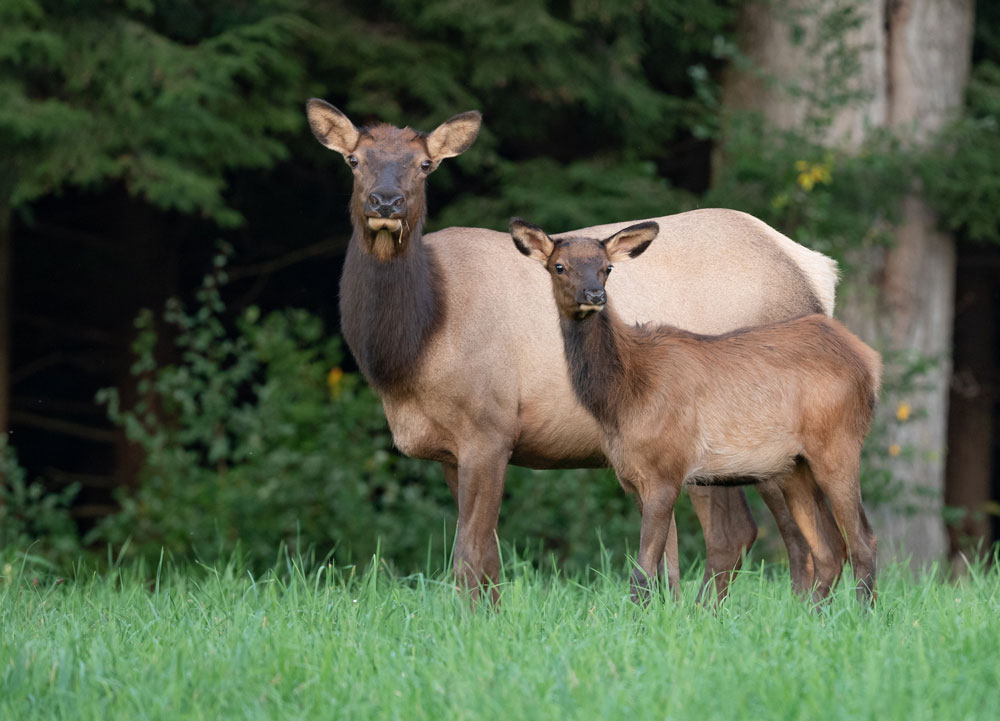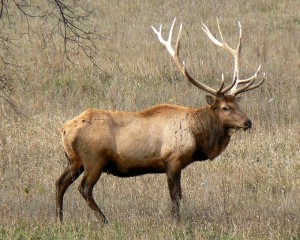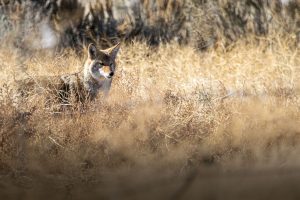Using data collected between 2020 and 2022, Pennsylvania elk biologists released the results that showed lower calf survival than originally estimated.
Conducted by elk biologist aid Avery Corondi, the study was funded by and performed alongside the Pennsylvania Game Commission. With a target of 50 elk calves per year, Corondi divided the state’s elk population into a dozen subgroups for the study.
The initial results showed that elk were breeding later than expected, one of the main reasons researchers believe is the cause of the sudden decline in calves.
“Game Commission blood test data suggested that elk were being bred later than expected,” Corondi said. “Late-bred cows mean later-born calves, which could potentially affect calf survival. The study was started to document what blood tests were showing about late breeding and to assess if that affected calf survival.”
Clover Traps, Darts & VITs
Using a wide variety of equipment and tech, the research team both used large clover traps and darts to trap cow elk. Once target cows were acquired, the team utilized ultrasound technology to identify which cows were pregnant at the time of trapping.
For the pregnant cows, Corondi and her team then inserted what are known as vaginal implant transmitters (VITs). Installed in the animal’s birth canal, this relatively new device is then used to track where and when calves are born by sending out alerts at the time of birth. When alerted, biologists rush to the site with hopes of intercepting the newborns and affixing them with new radio collars.
Intended to only be used for a 12-month period, the collars would send back vital information to researchers. If a calf was killed or died of natural causes, the mortality notice was pinged back to Corondi’s team. Like the birth alert, the team would be on site as soon as possible to confirm the cause of mortality.
“The first things that stood out in the current study were the number of calf deaths, as well as the timing and the causes of those deaths,” Corondi said. “We had spontaneous abortions, five calves dead at birth — one of those appeared to be accidental trauma, and in two additional cases, the cow died while giving birth. These types of calf deaths are relatively undocumented in free ranging elk.”
Additionally, the calves were noted to have also succumbed to predation, harvest, trauma, disease, malnutrition, tick infestations, starvation due to lack of nursing and perinatal complications.
The contrast was stark when comparing the previous study’s data compiled between 2005 and 2009 where elk calves in Pennsylvania survived at a rate of 82% with no known causes of predation.
The results of the study have had a profound influence on the state’s Game Commission who has cut tags for the 2023 season based on the research coming out of this study.
“The 2023 elk antlerless allocation was lowered from what were record high allocations over the past four years. This was to allow the herd to grow slowly and to better balance our bull to cow ratio,” David Stainbrook, Game Commission Deer and Elk Section Supervisor said. “The reduction would also account for what may potentially be a change in calf survival, based on recent research. If further changes are needed in the future, they can be made after reviewing population trends and harvest data over the next few years.”




